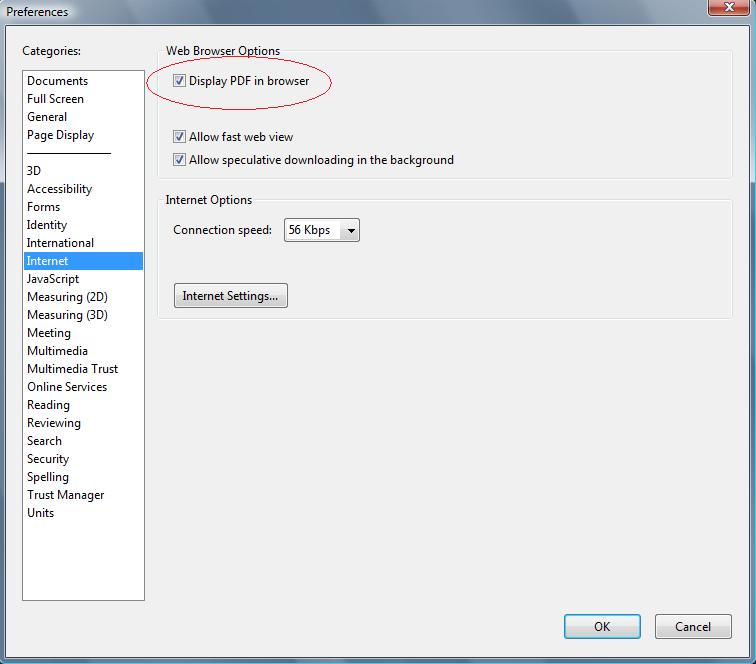Adobe Reader For Safari Plugin Mac
The first time you start Acrobat or Adobe Reader 8 on Mac OS X, it automatically installs itself as the default PDF viewer for Safari. To turn off this setting, start Acrobat or Adobe Reader and go to Preferences > Internet. Safari opens the Adobe Flash Player page on the Adobe website. Follow the instructions on the Adobe website to download and install the latest version of the plug-in. If you need to use an older version of Flash Player, you can use Internet plug-in management in Safari to run the plug-in in unsafe mode for websites that you trust. It is a new feature! From Adobe's online manual: View PDF documents in the browser (Mac OS) Adobe Reader works automatically with Safari to make viewing Adobe PDF documents on the web easy.
+ How to Tell if Adobe Flash Player Update is Valid Posted on March 8th, 2013 by There have been a lot of articles lately about security problems with Flash Player and recommendations to update Adobe plug-ins. But you may be wondering a few things, such as what the heck is a plug-in? How do you know if the version of Flash you have is the one that needs updating? And how do you make sure you’re as safe as possible when updating the software, given the constant flood of problems that are being reported? These are all valid concerns that we’ll clear up, putting your mind at ease when it comes time to update Adobe Flash Player. What is a Plug-in? Let's start with the basics.
Plug-ins (or 'plugins' – both are correct) are software elements used by web browsers, often to display certain types of content such as Flash or Java. Sometimes these come with your browser automatically, but sometimes you have to add them. When it comes to plug-ins, it can be hard to know what you have installed or what version you have. Adobe's Flash Player is one of the most popular plug-ins on many websites, developed as multi-platform software for use on all the major operating systems. This plug-in provides what is called 'Active Content,' meaning it adds additional functionality to web pages for interactive or media-related capability.

Safari Adobe Reader Plugin Mac Deinstallieren
Photo editting software for mac. What's the Security Concern with Plug-Ins? These powerful applets can be embedded in web pages and provide the opportunity to access users across all operating systems, which means the software is a popular attack point for malware authors.
For instance, it has been known for some time now that, and the list of open issues does not seem to be decreasing. But Flash too has had its share of problems lately, which has led to of the plug-in. Flash was not included on iOS, in part because of these security vulnerabilities along with other performance issues. Although this has helped decrease the options malware authors have for attacking iDevices (remember when Steve Jobs took heat for the support in iOS?), Flash continues to be popular on many websites, and users are frequently prompted to update their software.
Prices run as low as $6 and as high as $35, depending on the blank book template you choose. However, you might wind up paying the same price in shipping as you would for a basic book. Online photo album software for mac. Sussing out what's what can be confusing and frustrating, and you can also buy premade templates (for a lot more), which you semi-customize with adorable personal photos.
Blu ray player for mac computer. Sometimes multiple updates for Flash or Reader can occur in the same month. Adobe notifies Flash and Reader users of new available updates by displaying a notice regarding the availability of the new software. But when you see this type of notice from Adobe, how can you tell if the Flash update is valid or an attempt to install malware on your Mac? How to Verify Which Flash Version You Have Installed Your web browser can tell you the plug-ins you have installed and which versions: • In Safari, choose Help > Installed Plug-Ins. A web page will open in Safari that provides a list of the plug-ins, their versions, and the types of content they manage. • In Firefox, choose Tools > Add-Ons and choose the Plugins tab. • In Chrome, Flash Player will automatically be updated to the latest Google Chrome version, so you can rest assured the version you have is the latest.